Dragonology 101
☄
Physiology and Psychology
Physiology and Anatomy
You will only be responsible for the highlighted bones and muscles in the diagrams below, but feel free to study further if you like. If you do go on in dragonology, this will prove to be quite helpful.
Skeletal Structure
Dragon bones are very light, they are much like the bones of common birds. They are full of air pockets that make them lighter without sacrificing strength and stability. See example below.
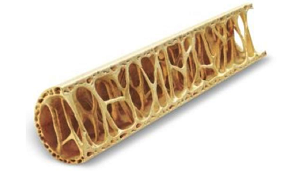
Click image for larger view.
Here is an example of a Magnus dragon skull washed ashore recently. Click for story here.
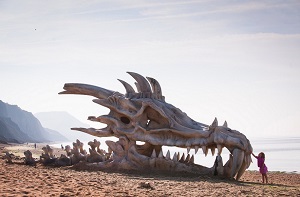
Click image for larger view.
Please click on the skeletal diagram for a larger view. You will notice the names of some bones are highlighted, these are the bones you are responsible for knowing to pass this class.
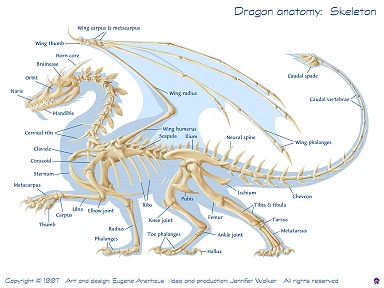
Muscular System
Please click on the muscular diagram for a larger view. You will notice the names of some muscles are highlighted, these are the muscles you are responsible for knowing to pass this class.
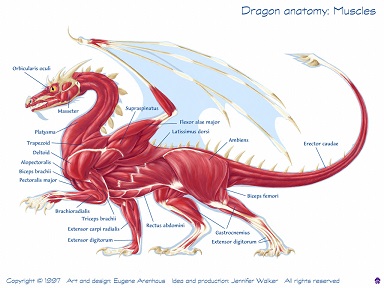
Surface Anatomy
Please click on the surface anatomy diagram for a larger view. You are responsible for knowing all of the Surface Anatomy terms to pass this class.

Embryology and Early Development
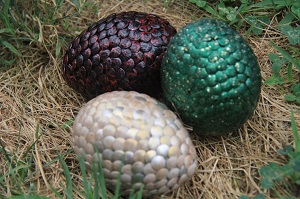
Click image for larger view.
Technically, dragons are part of the reptile family. The mother dragon lays a clutch of eggs (usually 2 or 3) and then incubates them for nine months, the same as humans. Below you will see a diagram of their embryological development.
Please note you will be responsible for all the terms for the final exam.

Click image for larger view.
Once the baby dragons hatch they must receive constant care from their mother. Newly hatched dragonlets weigh in at only about one to two pounds, amazing to think they could reach up to 20,000 pounds full grown! At this young age they are unable to move much yet, they are also deaf and sightless until one month. At two months, they are beginning to move around well enough.
Baby dragonlets have voracious appetites, the mother dragon and her extended family must provide hundreds of pounds of food a day to keep the dragonlets healthy and growing on schedule. This amount of food grows steadily, of course, as the babies continue to grow. By the time the dragonlets reach 500 pounds, they are easily eating as much as their weight daily, this will continue until they reach their full adult weight. From that time on they will only require ¼ to ½ as much food, since they are no longer in the developmental stages. This is usually around 1400 years for females, and 2000 years for males.
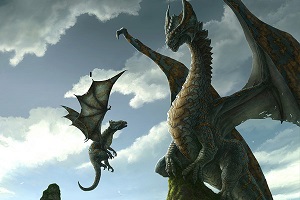
Click image for larger view.
A dragon will be in its mother’s care for many years, usually up to 1800 years, where he or she will learn everything they need to know to survive and thrive, as well be provided with a formal education. A dragon isn’t really considered fully grown until it has lived for at least 2000 years.
At 1800-2000 years, a dragon will go out on its own, joining up with others of similar age, returning home on occasion for holidays and money.
After 2000 years, a female dragon is able to reproduce, but usually doesn’t choose to until around 3000 years or later, as raising young dragons is a monumental task indeed.
Common Dragon Sounds
Here is the sound of a normal dragon's roar:
Hear is the sound of a very angry dragon's roar:
Scary, isn't it?
Psychology
Dragons are a noble and steadfast being. They seem to have evolved far beyond the lesser traits of man such as greed, jealousy, and deceit. It is said, they exemplify all man could aspire to be. Any ignoble traits observed such as pompousness and pride is usually only found in younger dragons under 2000 years of age and seems to be due to their obvious mental and physical superiority over humankind.
Dragons do not exhibit neurotic or psychotic tendencies, even under the greatest stress. This was clearly observed during the time of the great genocide of dragon-kind. Through that whole period dragon-kind remained thoroughly loyal to their human “children” even as they were being slaughtered.
It is a myth that all dragons have hoarding tendencies, only the draconis vulgaris abaculus cimeliarchae species love to collect all sorts of treasure, from precious metals to gem stones, but also most anything that is shiny and beautiful. Value doesn’t seem to be the motivation, as plain quartz crystals and human dressing mirrors have often been found in their collections.
Among other lesser traits that can be observed is pompousness and pride. This seems to be due to obvious superiority over humankind and is usually only found in younger dragons under 2000 years of age.
☄
Please move on to the next module, Dragons Today